Nude Maja Painting
The Naked Maja (The Naked Maja or La maja desnuda) is an oil painting by Spanish artist Francisco Goya. The painting was created between 1797-1800. This work is currently displayed at the Prado Museum in Madrid and is considered to be the point of opening a new artistic horizon for humanity, but at the time of its release, Francisco Goy's efforts were not appreciated as much.
The painting Nude Maja by Spanish artist Francisco Goya. Photo: Prado Museum
The Nude Maja depicts a nude woman reclining on a bed of many pillows. Her open pose places her hands behind her head. In the 17th century, it was not difficult to find paintings depicting nude men and women. The Venus Rokeby, Danae and The Birth of Venus were all celebrated nudes. So why was the Nude Maja so shocking and heavily criticized at that time?
The answer lies in the background of the figure in the picture. While previous nude paintings depicted mythological or religious figures, Nude Maja depicts a real person. The idea of a nude painting of a flesh-and-blood person shocked viewers at the time.
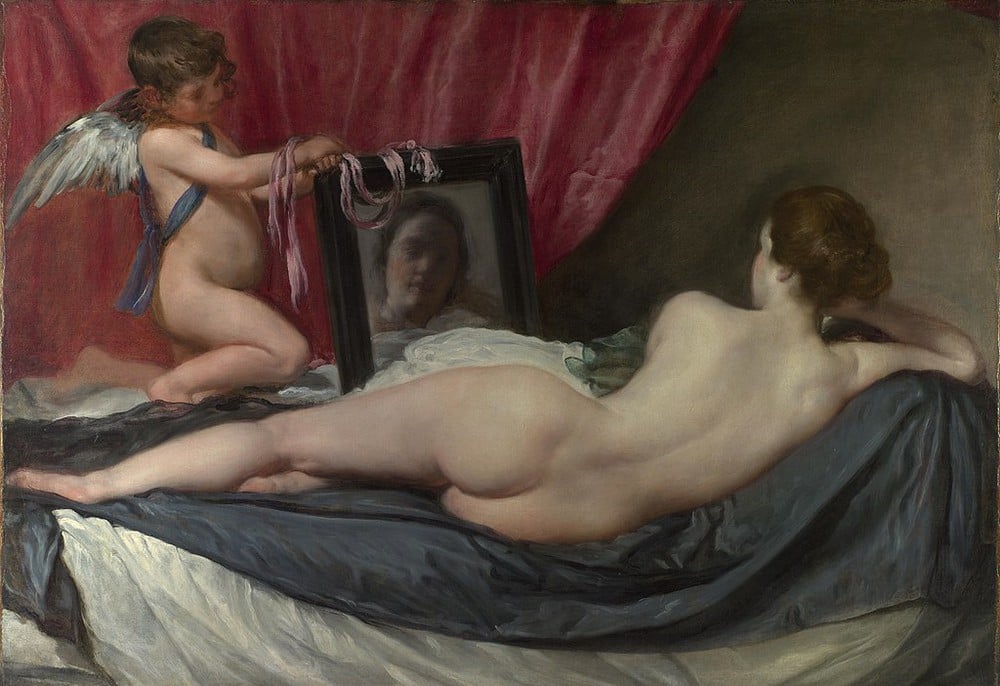
Many nude paintings existed before the 17th century, especially the Venus paintings. Photo: National Gallery, London
It is the model's facial expression and frank, unashamed gaze that make this painting so daring in the 17th and 18th centuries.
In fact, Nude Maja was not a public work of art when it was created. It is believed to have been owned by Prime Minister Manuel de Godoy, and was commissioned by him to be painted alongside another work called La maja vestida – a clothed version of Nude Maja. The expression on the woman’s face in La maja vestida is even more daring and defiant.
Bold work
“Maja” is not actually the name of any particular model. It is an old Spanish word for the outrageously dressed common women on the streets of old Madrid. It is also the feminine form of “majo,” a lower-class Spaniard from the 18th and 19th centuries.
The identity of the woman in the painting has always been a mystery in the history of painting. Some sources say that she is Countess Pepita Tudó, lover of Manuel de Godoy. Others claim that the model is the Duchess of Alba, lover of the painter Goya. However, all of these women were royalty, and it is not easy for them to confirm their identities in such a controversial work.

The two paintings La maja vestida and La maja desnuda are displayed side by side in the Prado Museum in Madrid, Spain. Photo: Flickr
Manuel de Godoy kept the two paintings in his home for six years before they were discovered by investigators of the Spanish Inquisition in 1808. Godoy was brought before a court and forced to reveal that the artist behind the work was Francisco Goya. The paintings were then confiscated, with the verdict that they were "exceedingly indecent and prejudicial to the public good." Goya himself was later put on trial for moral turpitude.
Francisco Goya was later exonerated after proving that his paintings were modeled after nudes by Titian and Diego de Velázquez - two artists who painted nudes but were admired by royalty and the church.
Francisco Goya is now remembered as a legend of Spanish painting. Nude Maja is the first life-size female nude in Western art. The painting also laid the foundation for this school of art, opening the door for artists to portray the beauty of the human body in a natural, non-obscene way through painting.
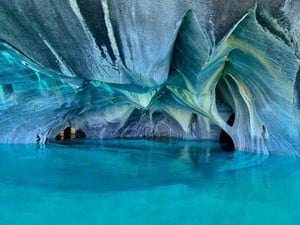
Source


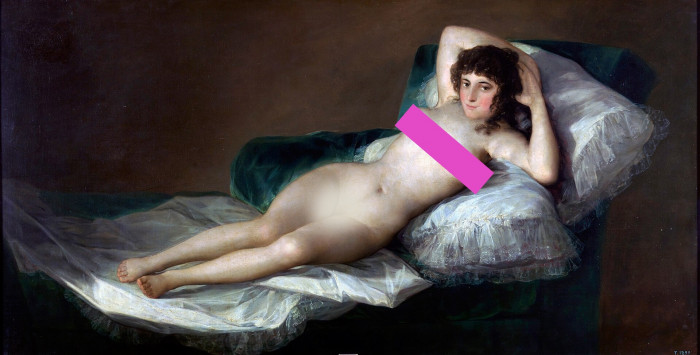
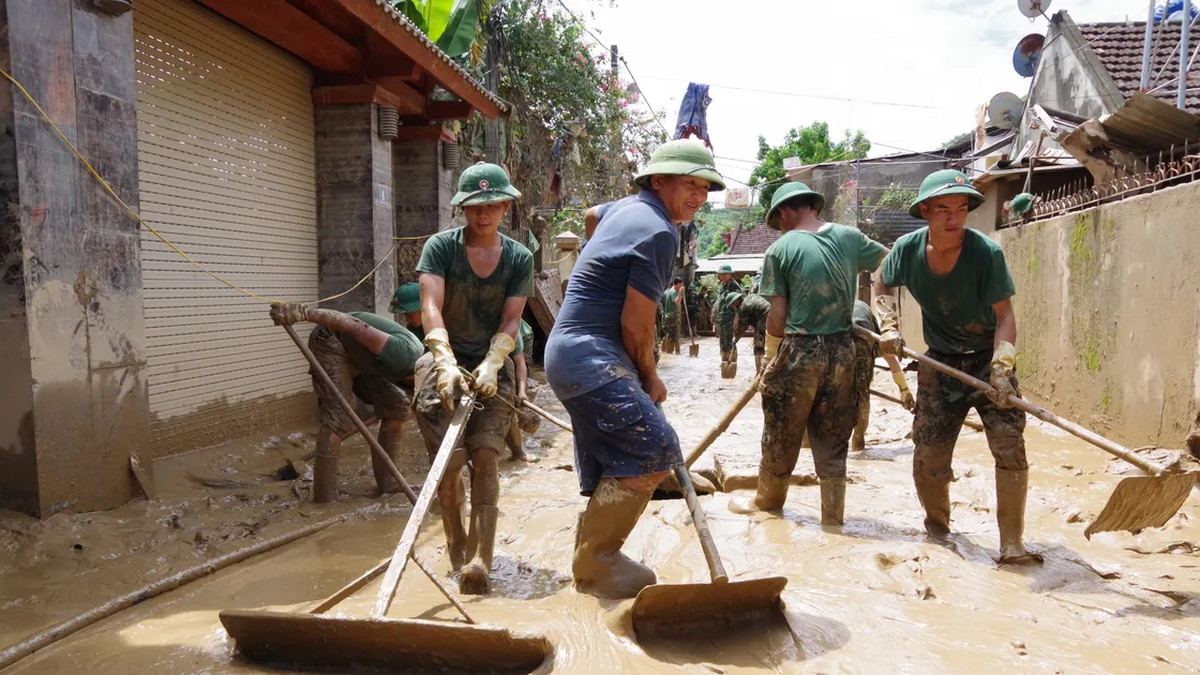


![[INFOGRAPHIC] LG xboom AI: The coolest Gen Z portable speaker this summer](https://vphoto.vietnam.vn/thumb/1200x675/vietnam/resource/IMAGE/2025/7/29/db13af6569c24d0582b8a1c82e7cecd2)


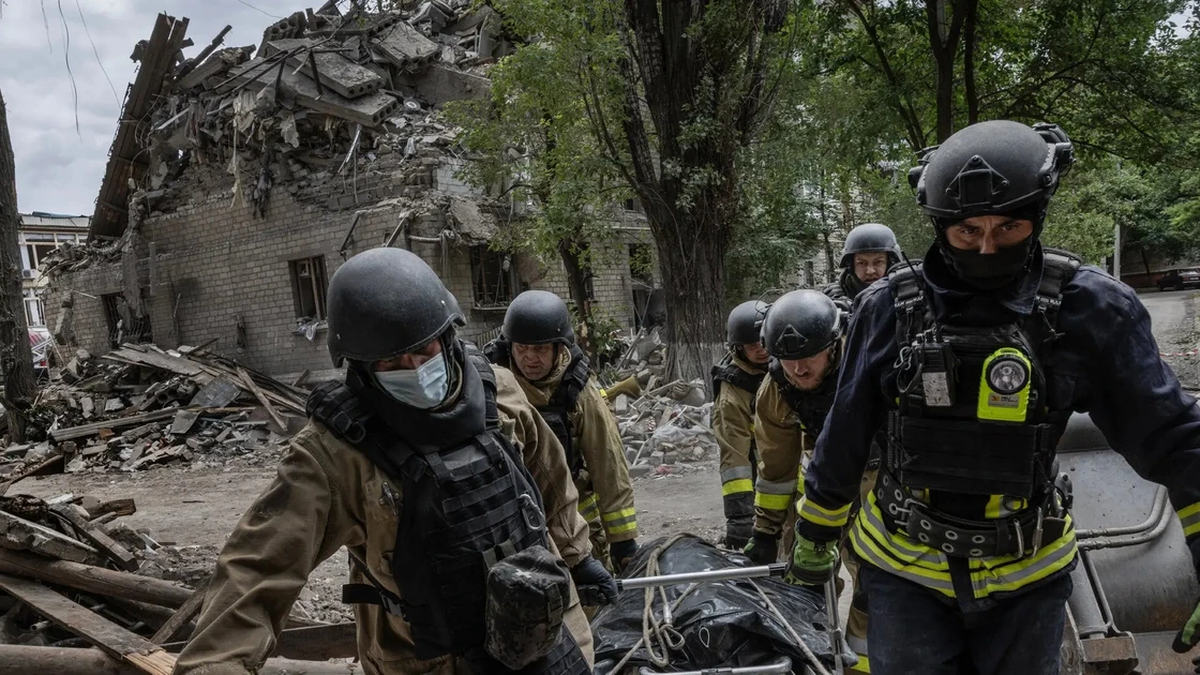












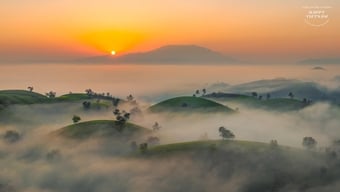








![[Photo] National Assembly Chairman attends the seminar "Building and operating an international financial center and recommendations for Vietnam"](https://vphoto.vietnam.vn/thumb/1200x675/vietnam/resource/IMAGE/2025/7/28/76393436936e457db31ec84433289f72)





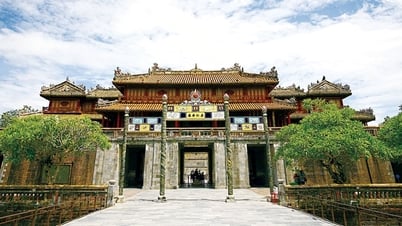

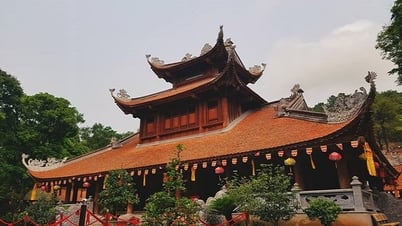

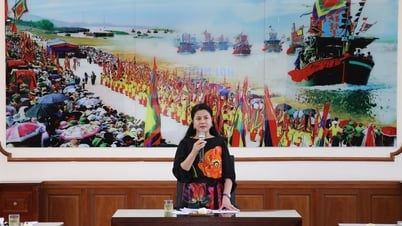



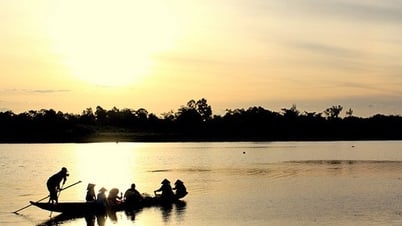





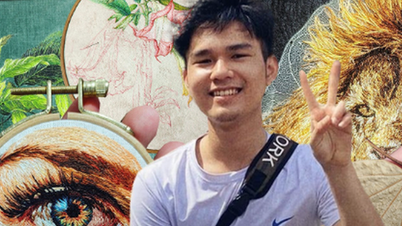
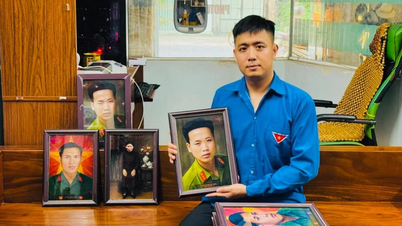













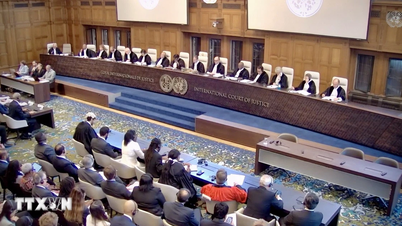










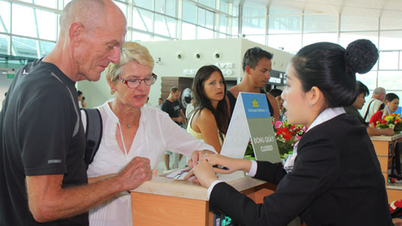
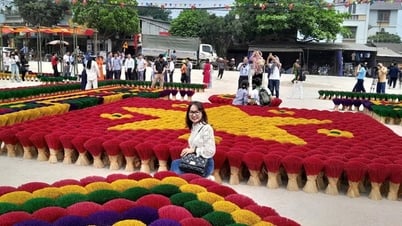























Comment (0)